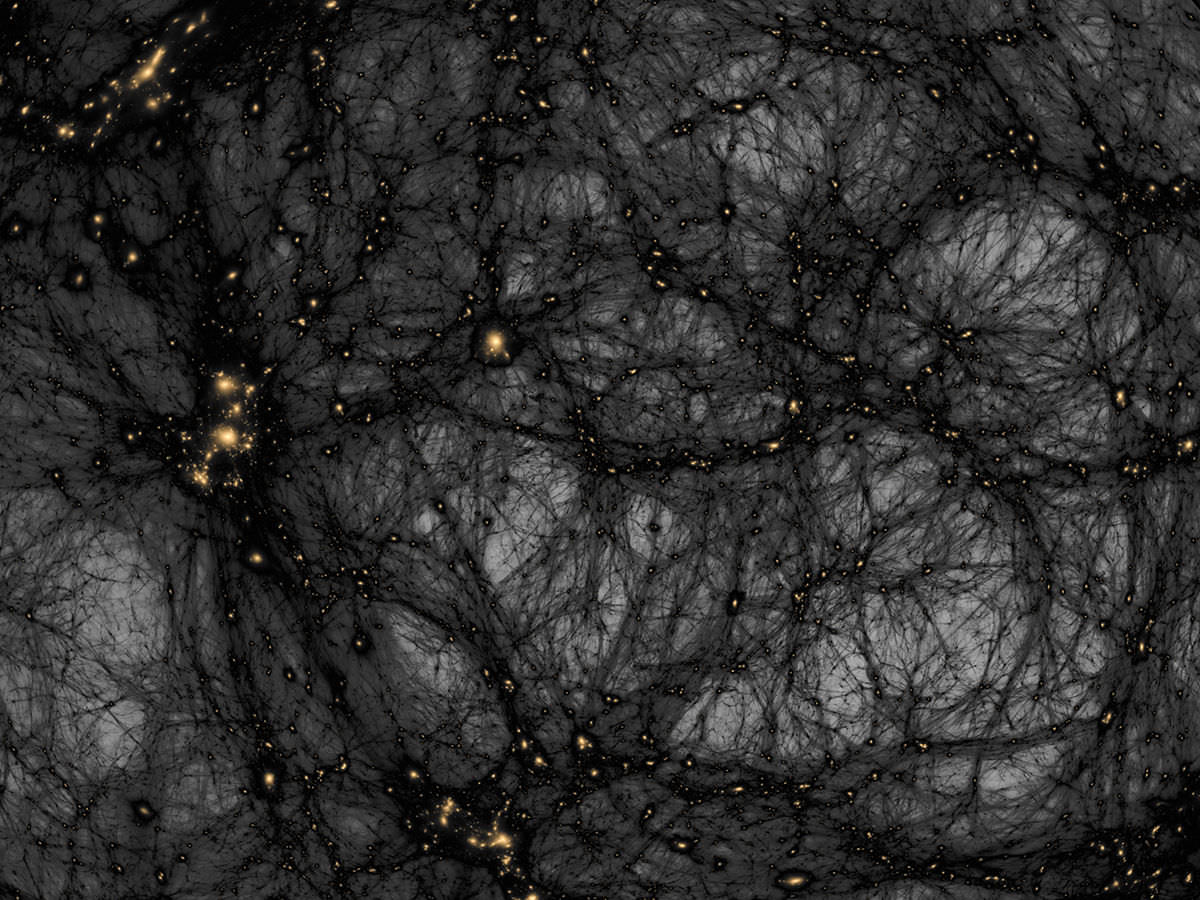The standard model of cosmology tells us that only 4.9% of the Universe is composed of ordinary matter (i.e. that which we can see), while the remainder consists of 26.8% dark matter and 68.3% dark energy. As the names would suggest, we cannot see them, so their existence has had to be inferred based on theoretical models, observations of the large-scale structure of the Universe, and its apparent gravitational effects on visible matter.
Since it was first proposed, there have been no shortages of suggestions as to what Dark Matter particles look like. Not long ago, many scientists proposed that Dark Matter consists of Weakly-Interacting Massive Particles (WIMPs), which are about 100 times the mass of a proton but interact like neutrinos. However, all attempts to find WIMPs using colliders experiments have come up empty. As such, scientists have been exploring the idea lately that dark matter may be composed of something else entirely. Continue reading “Beyond WIMPs: Exploring Alternative Theories Of Dark Matter”

